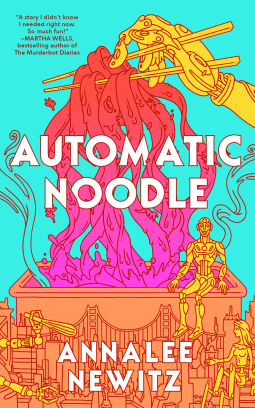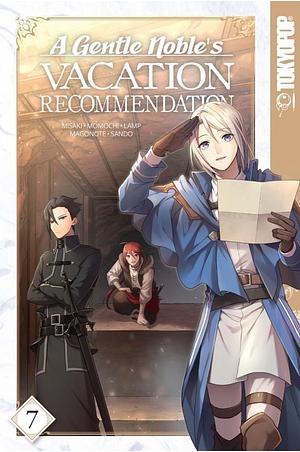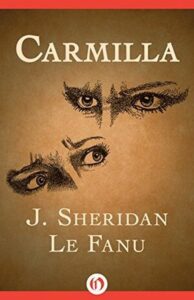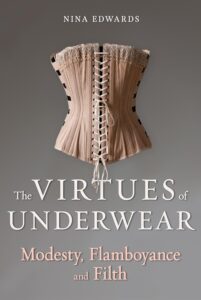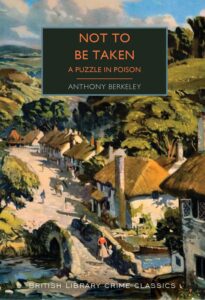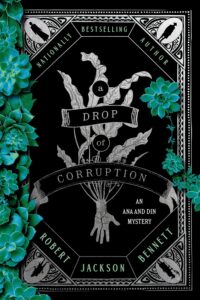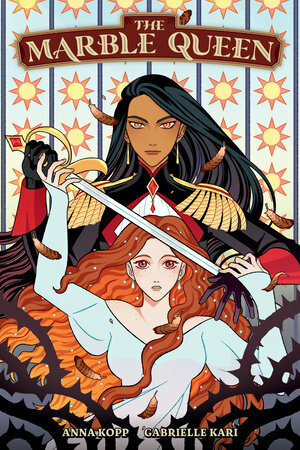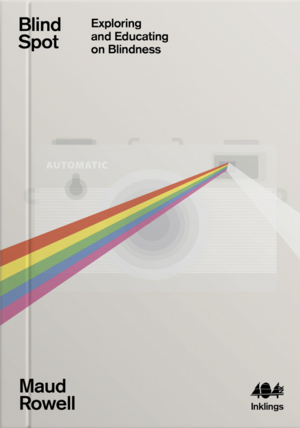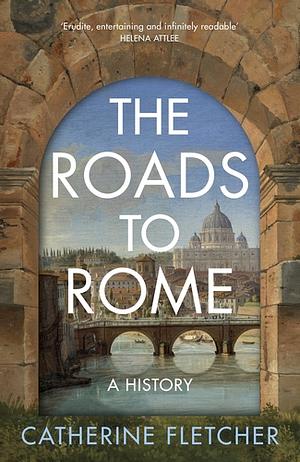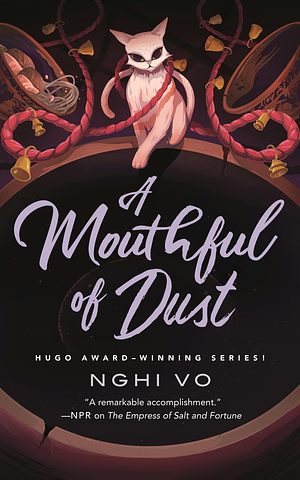
A Mouthful of Dust
by Nghi Vo
Genres: FantasyPages: 128
Series: The Singing Hills Cycle #6
Rating:

Synopsis:Wandering Cleric Chih of Singing Hills and their hoopoe companion Almost Brilliant come to the river town of Baolin chasing stories of a legendary famine. Amid tales of dishes served to royalty and desserts made of dust, they discover the secrets of what happens when hunger stalks the land and what the powerful will do to hide their crimes.
Trapped in the mansion of a sinister magistrate, Chih and Almost Brilliant must learn what happened in Baolin when the famine came to call, and they must do so quickly... because the things in the shadows are only growing hungrier.
I received a copy of this book for free in exchange for an honest review. This does not affect my opinion of the book or the content of my review.
Pretty much anything by Nghi Vo is an auto-read for me, so I grabbed A Mouthful of Dust eagerly. In this one, Chih is looking for the stories of a recent famine, and plunges straight into a clearly fraught local situation. Cannibalism is more or less taken for granted in these situations, and Chih expects to find it, but people have all kinds of secrets around a famine, and the local magistrate definitely wants to hide something — and it… isn’t cannibalism?
This one’s a bit creepy, and it feels like Chih’s definitely in some danger. It feels really short, though: not incomplete, but it’s a small spare mouthful, lean with famine and shame. I’d maybe have liked one or two more stories; maybe I’d have liked a certain character to tell her story to Chih and give her own point of view…
In any case, this also reminded me that I’d really like to reread some of the earlier books in the series. Like the others, it pretty much stands alone once you have the basic concept, but it references the Empress of Salt and Fortune, and that made me remember how long it is since I read the book of that name, and that I’ve half-forgotten her story.
A lovely, lovely series of novellas, though they go some dark places. It’s an amazing concept for a series which lets Nghi Vo explore a whole range of themes and locations.
Rating: 4/5

